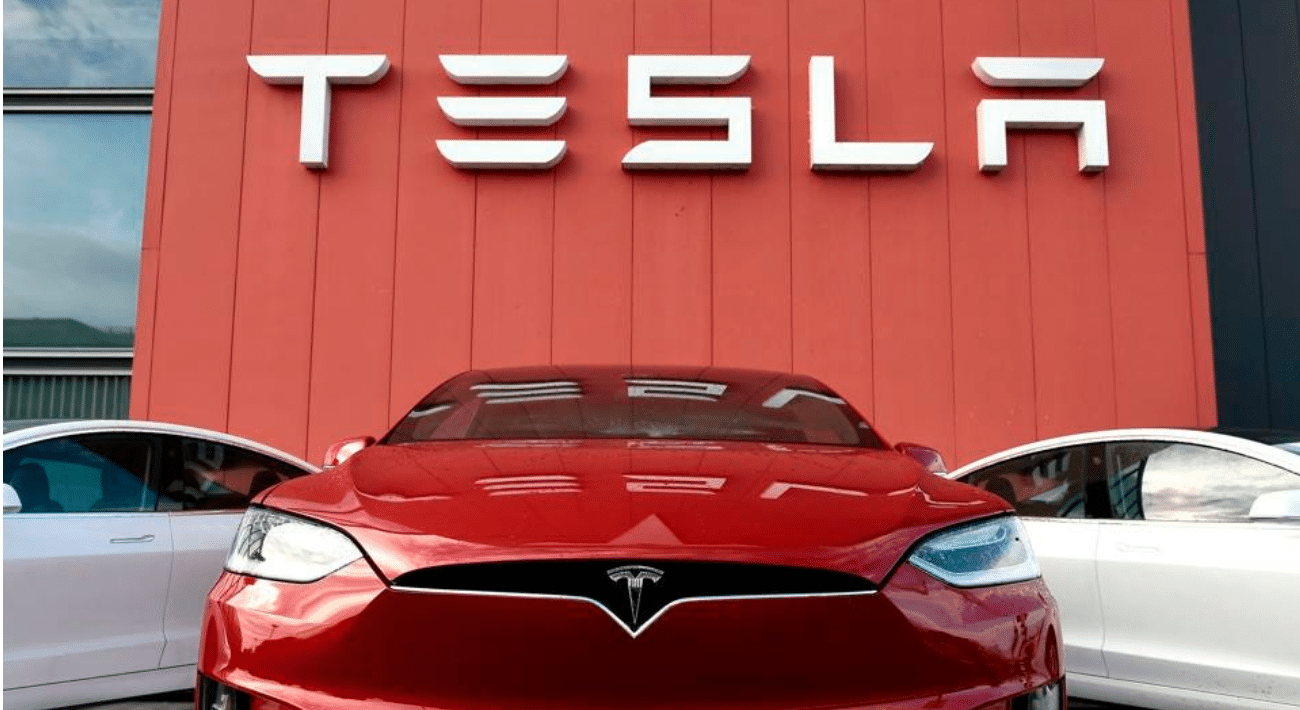Tesla (TSLA.O) is set to report its lowest quarterly margin in over five years this Tuesday, facing challenges from inventory discounts, price cuts, and cheaper financing options that have compressed profitability amid declining sales from an aging model lineup. Moreover, a memo from April disclosed the company’s plan to lay off 10% of its global workforce.
Investors eagerly await updates in the upcoming report, especially concerning Tesla’s shift towards self-driving technology. This strategic pivot could set Tesla apart from other automakers and potentially trigger a stock rally akin to the one in 2021. Although CEO Elon Musk had initially announced an August 8 unveiling for the robotaxi, a recent delay due to design changes has postponed the launch to October.
Wall Street analysts expect Tesla’s automotive gross margin, excluding regulatory credits, to have dropped to 16.27% for the April-June quarter, marking the lowest level since early 2019. This is a slight decrease from the vehicle sales profit margin of 16.36% in the first quarter and 18.14% in the second quarter of 2023. Bernstein analyst Toni Sacconaghi noted that Tesla’s offer of discounted financing during a period of high interest rates effectively acts as an additional price cut.
Sacconaghi also mentioned that these costs will gradually become apparent over the life of the loan, extending margin pressure into future periods. However, analysts forecast that margins may reach their lowest point by the end of this year and improve next year as production costs associated with the Cybertruck begin to decrease.
Paul Marino, Chief Revenue Officer of GraniteShares, which offers funds related to Tesla’s stock, expressed optimism about the future of AI and robotaxis. “AI and robotaxi represent a huge opportunity over the next two, three, five years. So if you’re a long-term believer, you’re going to take the margins like your medicine,” he stated.






